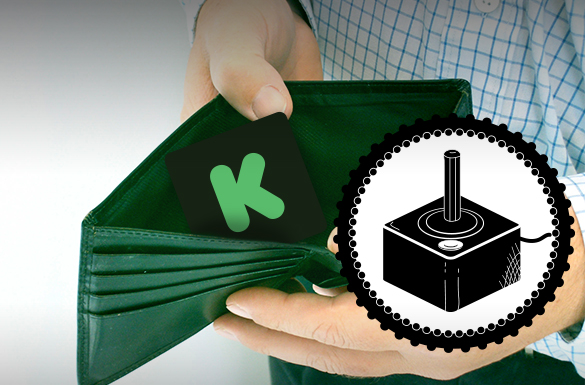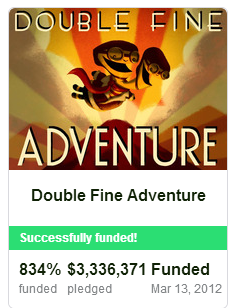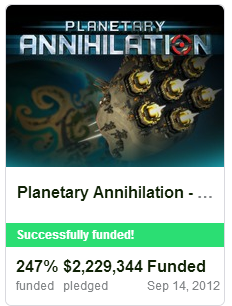Kickstarter is amazing. It’s a wonderful site full of ambitious (and not-so-ambitious) projects seeking funding to turn dreams into reality. Anyone can use it, from people looking to make chinos or make comics. It’s even brought fan-favorite shows back from the dead. And for some game developers, it’s a new way to succeed. Some game developers come to Kickstarter to fund passion projects, small projects just outside the means of the creator. Other come seeking big bucks, and, at first, it’s hard to fault them. Even Potato Salad can net you a cool $50 grand. Games are the highest grossing projects on Kickstarter to-date with a calculated $250 million successfully raised as of November 12th
But as more projects pop-up on Kickstarter (and other crowdfunding sites) the more we see projects failing to meet goals. It would be easy to say that these failed projects didn’t carry enough clout to succeed, but the problem is more elaborate than that. Many of these projects are constructed by proven talents, have solid engines and entertaining premises, and yet they still come up short.
Perhaps we should look at what arguably kickstarted the Kickstarter game goldmine, Double Fine Production’s project titled simply “Double Fine Adventure”. The Double Fine Adventure Kickstarter is one for the record books, with an initial goal of $400k, they amassed over $3.45 million in a month. Double Fine would go on to repeat success in June of 2013 with another $1.2 million to fund Massive Chalice. These aren’t the only massive financial success in Kickstarter Video Games. In the history of games on Kickstarter, there are over 10 projects that have accrued over 1 million dollars each, and others that have surpassed Double Fine’s initial goal of $400 thousand.
2014, however, has seen substantially fewer games break the $400k mark and none have broken 1 million. Staff favorites by capable studios have fallen obscenely short. Day for Night Games, a studio comprised of former Irrational Studios developers (famed for the Bioshock franchise), launched a project for The Black Glove which fell over 50% short of their 550 thousand dollar goal. Or Human Resources by Uber Entertainment, which cancelled its project after coming up with only 380 thousand dollars of their rather lofty $1.4 million goal. So while Double Fine and others have proven that Kickstarter can be used in lieu of big budget financing, it’s becoming more and more the case that those big numbers are the exception and not the rule.
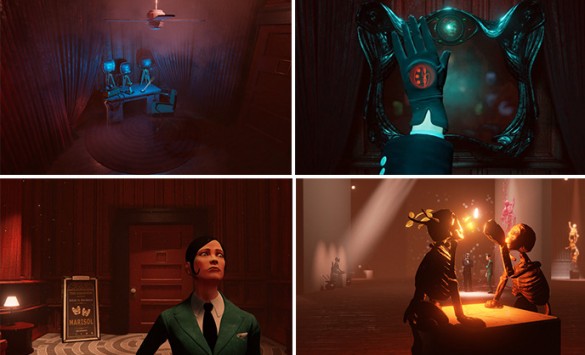
Now why would backers be cautious to support large budget projects by popular, proven talent? One reason might be time. Larger sums of money can also mean significantly longer development times. Take a look at some successful projects to see what I mean. Uber Entertainment, developer behind the aforementioned Human Resources had a successful, multi-million dollar project, Planetary Annihilation. Amassing over $2 million, Planetary Annihilation was, by financial standards, a huge success. But things begin to break down when you look at the state of the game’s launch. Projected to be in backers hands by July 2013, Planetary Annihilation didn’t officially launch until September of 2014. That’s over a year delay. And what about the “Double Fine Adventure”? That project had a projected completion date of October 2012 but the first act of that game didn’t see release until late January 2014. The second act hasn’t been released yet.
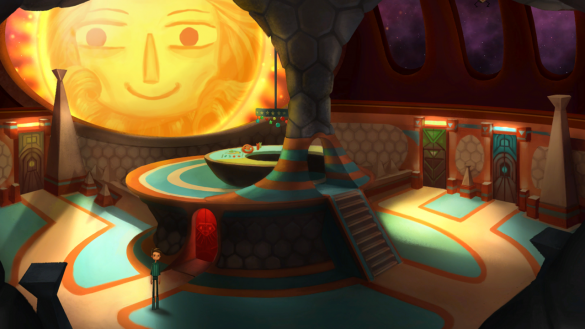
Now the quality of these games isn’t in question, as they each have respectable review scores and critical reception. However, when enthusiastic supporters are paying retail, or near-retail price, for a game that may take, 1, 2, or more years to deliver, you can imagine that enthusiasm running lower for future projects, which is starting to show. As it stands now, games are one of the least successful categories on Kickstarter. Over all-time, they have about a 35% success rate, which is just below the average for ALL of Kickstarter, around 40%. That’s not a ringing endorsement for Kickstarter as an avenue for big-budget funding. Whether or not it will be again, only time will tell.

